- en
You (and your pet!) have just gone through a lot mentally and physically after your pet has experienced surgery or a wound. While perhaps you feel the worst is over, the work (for you) is just beginning.
There are specific guidelines for each type of wound. Check out which one applies most to your dog's situation.
Quick Links
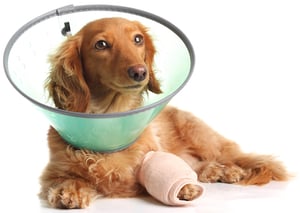
The Egyptians were the first people to apply honey, as well as bandages to wounds. Both sugar and honey are naturally antibacterial, so either is good to keep in your pet first aid kit.
In 2007 manuka honey was approved by the Food & Drug Administration (FDA) as an option for wound care. It can be bought as gauze pads or as an ointment.
Our mission is to help save dogs' and cats’ lives through our educational content. To support our efforts, this page may contain affiliate links. We earn a commission for qualifying purchases – at no cost to you.
The most critical thing to do is carefully follow your veterinarian’s instructions and follow them exactly. But often, we are so stressed and relieved that the initial issue is passed that we sometimes forget what was said and often misplace the instructions. Here’s a breakdown of what to do when you are dealing with post-surgical incisions or wounds.
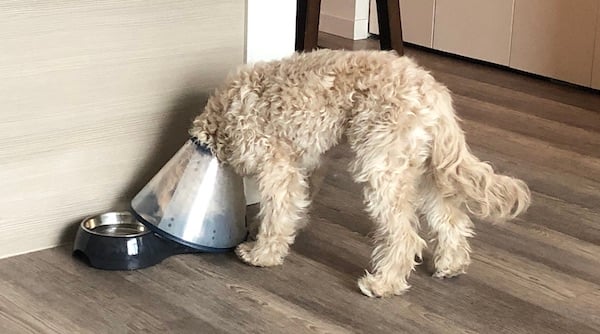
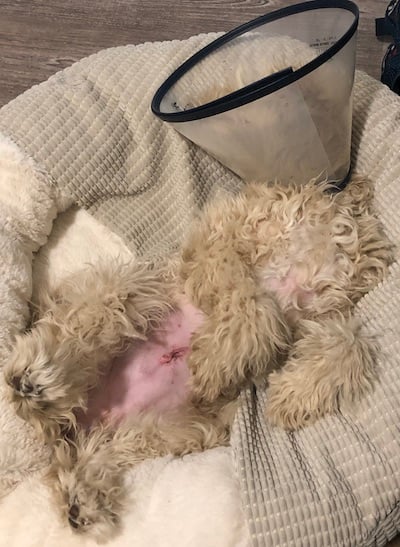
Call your veterinarian if the drainage does not gradually decrease over the first 5 days or the site remains swollen or "fluid-like."
**NOTE** If the area is swelling and you cannot contact your veterinarian for instructions, VERY CAREFULLY, with bandage scissors or blunt-ended scissors, make a slit on the top and bottom of the bandage to release some pressure. If there is a drain present underneath the bandage, be sure to cut on the opposite side of the bandage from where the drain is, so that the drain remains in place.
Unless your veterinarian has taught you how to properly change the bandage or wound dressing, DO NOT attempt to do it on your own. This can cause more harm than good.
If you notice any foul odors or discharge leaking out of the bandage, contact your veterinarian immediately.
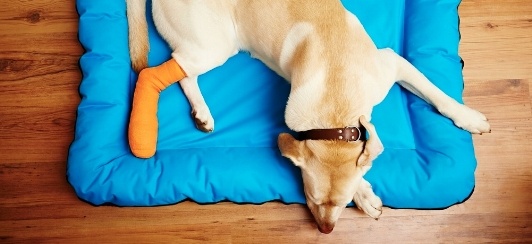
It cannot be stressed enough about how important it is to follow all of your veterinarian’s instructions, give all medications as instructed, and finish them, to keep your pet’s activity restricted with a cone on.
And lastly, call a veterinarian immediately if anything does not seem normal (better safe than sorry – any delay can be costly!).
The Pet InfoRx® is made possible, in part, through our partnership with AlignCare®.
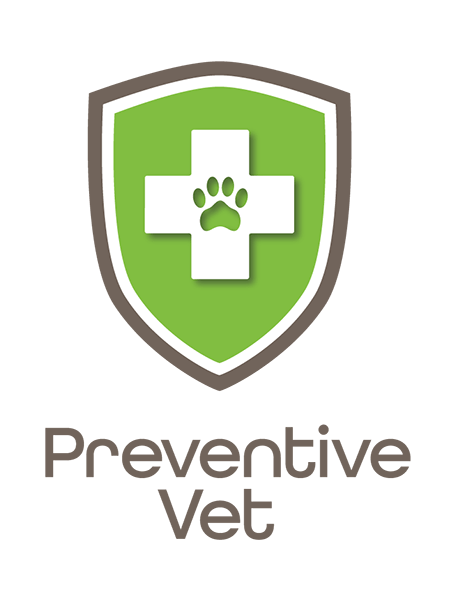
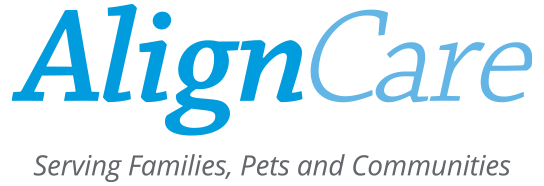
© Preventive Vet. All rights reserved. PreventiveVet.com
